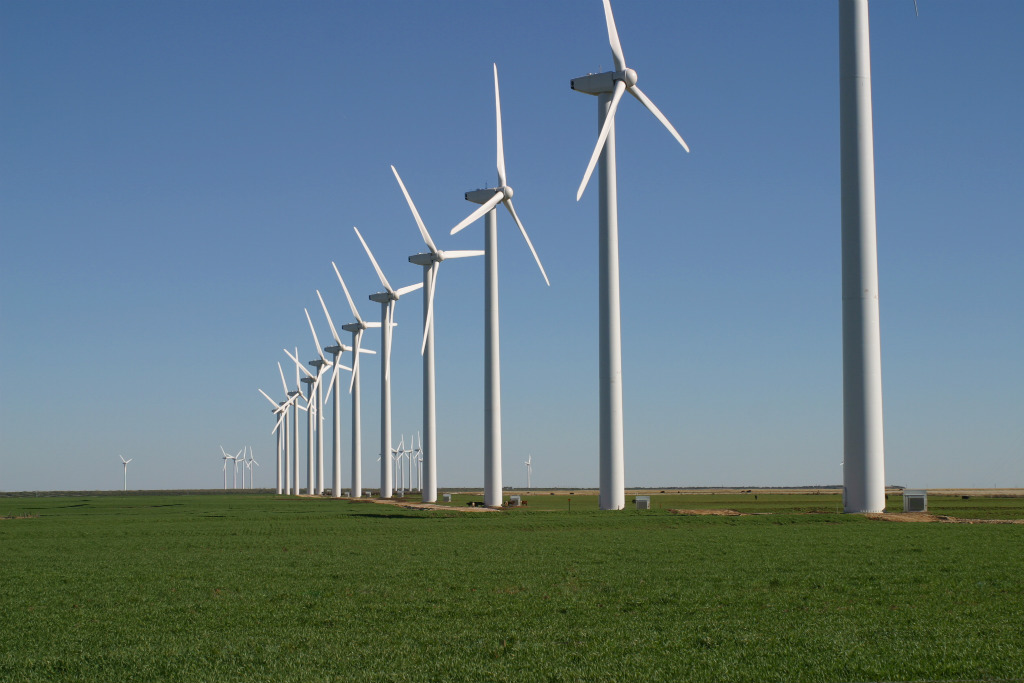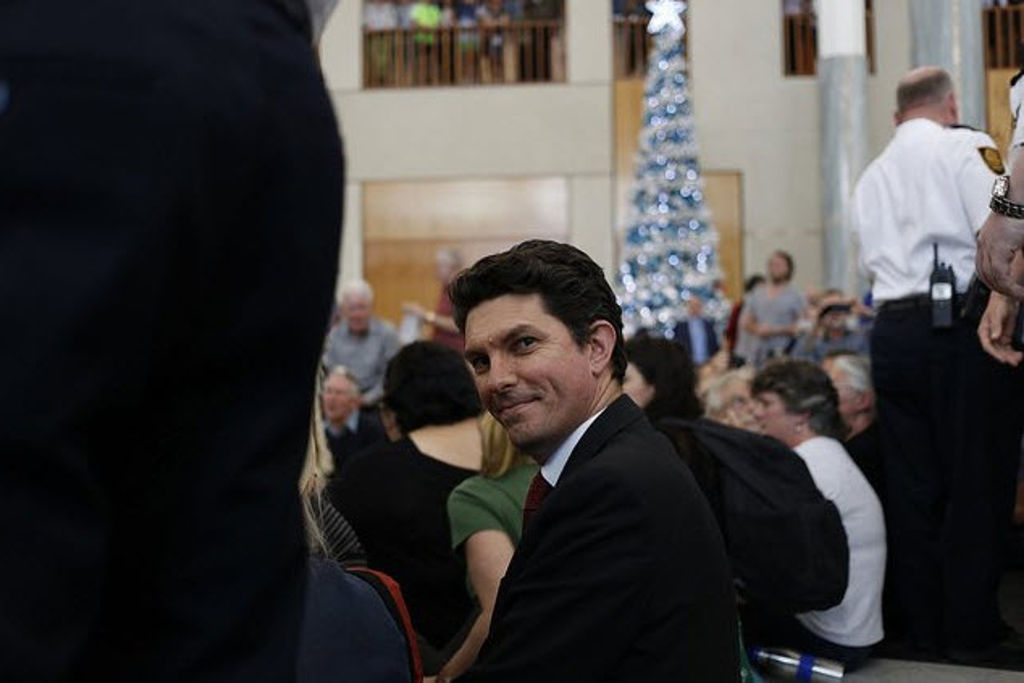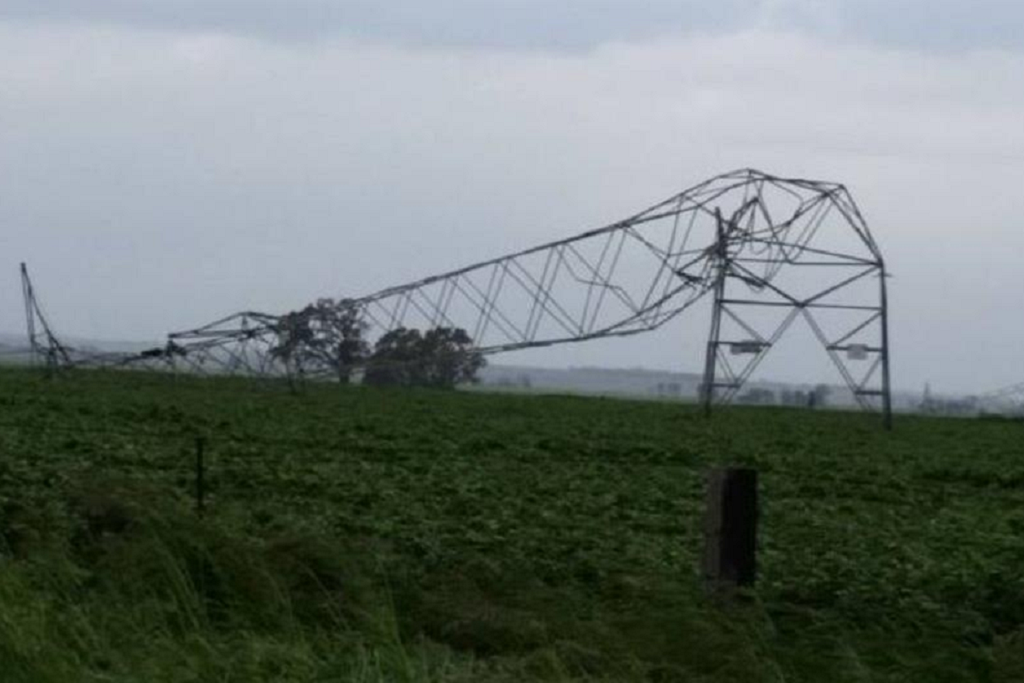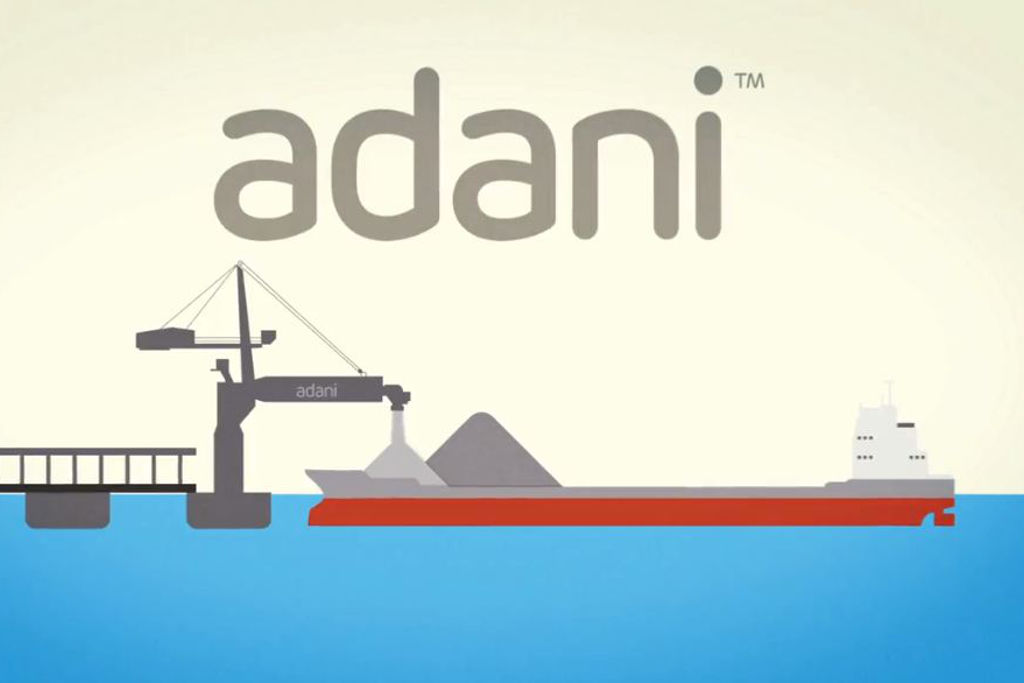One Year On From Paris, How’s Malcolm Going With Those Climate Commitments?
It's time for some real innovation.
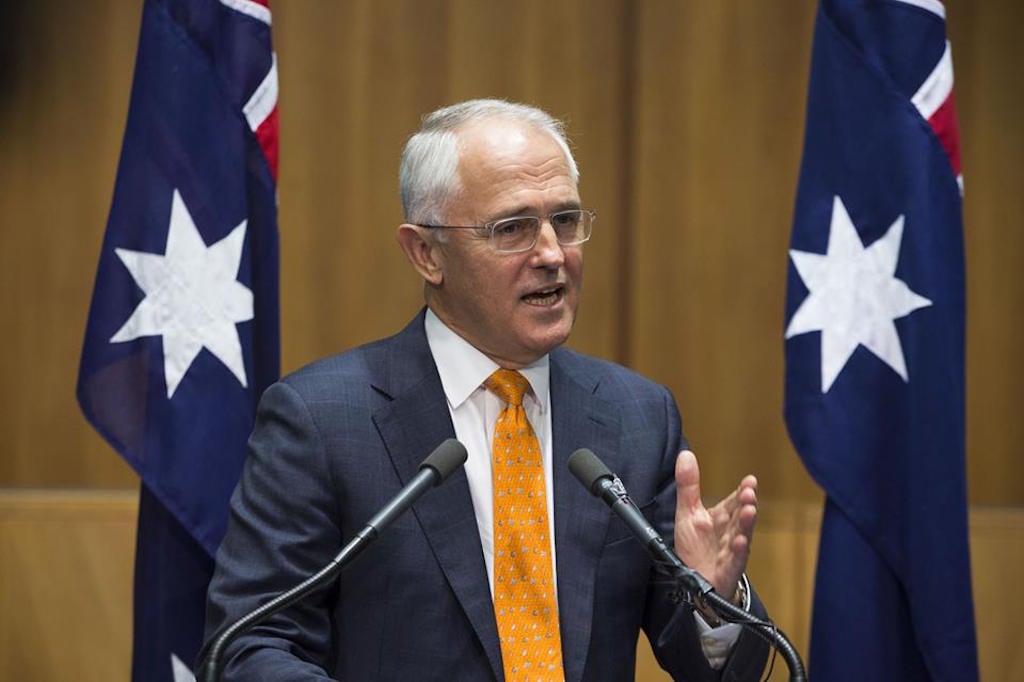
In December last year, 195 nations got together and signed the Paris Climate Agreement, agreeing to reduce greenhouse gas emissions, limiting climate change to 1.5°C and hopefully avoiding its worse effects.
This was significant as the first universal climate agreement. Signatories included the United States, India, China and Pacific Island nations (the US never ratified the Kyoto Protocol, a predecessor to Paris); countries pledged to limit their emissions, and review their commitments every five years.
At the time, French Foreign Minister and President of the talks, Laurent Fabius, described it as “an ambitious and balanced agreement”. But many commentators were a little more cautious in their praise. Perhaps the most ambitious part of the agreement is the targets it hopes to achieve with no enforceable commitments from each party. It is hoped that countries will ‘ratchet up’ their promises to cut carbon over the coming years.
So, how’s that going?
With the impending Trump presidency, hopes for international diplomacy (to make sure nations actually fulfil their promises) have taken a hit. Trump has most recently said he has an “open mind” about the accord, but he’s previously pledged to pull out altogether. His foreign policy is anyone’s guess at this stage.
Back in Australia, as the one-year anniversary of this landmark agreement approaches, we look pretty good on paper. Our PM has just ratified the Paris climate change deal, joining more than 100 nations who have formalised their commitment to the deal. We’re now obliged to make sure our domestic laws comply with the requirements of the Paris Agreement.
For Turnbull, this isn’t a huge hurdle — Australia’s proposed emissions cuts under the accord are extremely modest. But we have a long way to go if our policies are to catch up with the fine words of our politicians. Turnbull’s dethroning of Tony Abbott still doesn’t seem to have inspired the climate about-face many were hoping for.
Australia is the world’s largest per-capita emitter. That’s right — we even beat the United States. This means we’ve got plenty of carbon to cut — and as one of the world’s wealthiest nations, we’ve really got no excuse not to. Plus, the global race towards renewable energy is on, and Australia is fast being left behind. There’s no blaming a lack of technology — researchers are even close to making invisible, spray-on solar paint, for goodness sake. So now, with a (kind of) non-climate-denying Prime Minister, what’s stopping us?
Malcolm is talking the talk (you wouldn’t really expect any less of a former barrister). But actions speak louder than words. Not only is Turnbull treading water with a swag of Abbott-era policies — with him at the helm, our climate polices might even be going backwards.
Here are some of the main reasons why:
No Favours for Renewables
This year, Turnbull’s government pressed on with plans to cut funding to the Australian Renewable Energy Agency — a core part of the Gillard government’s 2012 Clean Energy Future package. Plans to strip $1.3 billion of funding were narrowly defeated in the Senate, before Shorten and Turnbull cut a deal in September, agreeing instead to a $500 million funding cut.
And then there’s the continued, drawn-out review of the renewable energy target. Things aren’t looking good for that either. Turnbull has said state Labor governments have set “extremely aggressive, extremely unrealistic” targets.
He singled out Queensland, who are aiming for 50 percent renewables. But, when you consider that nine towns around Australia are aiming for 100 percent, and South Australia has already had a whole working day where wind and solar provided 100 percent of the state’s energy needs, 50 percent seems… well… modest.
All this ongoing policy uncertainty has hit our renewables sector hard, costing Australia “mountains of global cash”. And jobs. Not to mention delaying Australia’s inevitable transition to renewables, which means we’re still heavily reliant on…
Coal, Coal, Coal… and ‘Mr Coal’
In July, Malcolm Turnbull made a man Andrew Bolt has previously called ‘Mr Coal’ his Environment and Energy Minister. And for once, it’s hard to disagree with Mr Bolt — Liberal MP Josh Frydenberg does love coal. He claims it’s “good for humanity”, “lifts people out of energy policy”, and creates thousands of jobs. Indeed, what doesn’t coal do?
It doesn’t do a lot for our climate.
But that’s not stopping Turnbull’s government from pushing on with the approvals process for the Carmichael mine in Queensland’s Galilee Basin. If built, the mine would be one of the largest in the world, and would release twice as much carbon pollution than Tokyo does in a single year.
Not to mention the impacts of the mine on the Great Barrier Reef. Coral bleaching, caused by warming sea temperatures, has already affected 93 percent of the Reef’s coral, with almost a quarter killed off this year alone in the worst coral bleaching event in history.
Sure, we need international agreements. But as The Australia Institute points out, “the world’s climate change abatement efforts rely on leaving the bulk of coal resources in the ground.”
Weak Targets
Only a few years ago, Malc had quite a bit to say about climate change. Now, as PM he’s defending his government’s weak pollution reduction targets of 26-28 percent on 2005 levels, by 2030.
Yes, he inherited these polices from Abbott. But has he done anything to strengthen them? It seems the new PM is too busy criticising Labor’s ambitions to increase the emissions reduction target. He pulled out some fairly interesting arguments about the benefits of keeping commitments low at first to gain leverage in international negotiations, which commentators said were simply “incorrect”.
The Australian Government Department of the Environment and Energy website says “Australia is taking a strong, credible and responsible commitment to the Paris climate change conference”. But I’m not sure whose benchmarks they’re using to come to that conclusion.
Independent analysis says that these targets will actually see Australia “miss its 2030 [Paris] target by a large margin”. To put this in context, if the rest of the world adopted targets as poor as ours, we’d likely see the planet warm up 3-4 degrees — not the 2 degree limit that countries agreed on in Paris.
And let’s not forget what 4 degrees of warming would look like:
The World Bank and the Global Carbon Project agree that four degrees would see Melbourne go from nine to 21 days about 35 degrees each year. Sydney would go from three to nine. Darwin would get smacked with a whopping 221 days over 35 degrees each year — up from about nine currently.
So, the challenge is on. Can Malcolm stand up to the climate deniers, and finally do something “strong, credible and responsible”? If not, with only 14 years until 2030 (when targets are due to be met) Australia’s ‘commitment’ to the Paris Agreement may remain mere words.
–
Feature image via Malcolm Turnbull/Facebook.
–
Emma is a freelance writer interested in arts and culture, sustainability, and design. She spends all her savings on travel and books. @emmajukic/emmajukic.tumblr.com.

